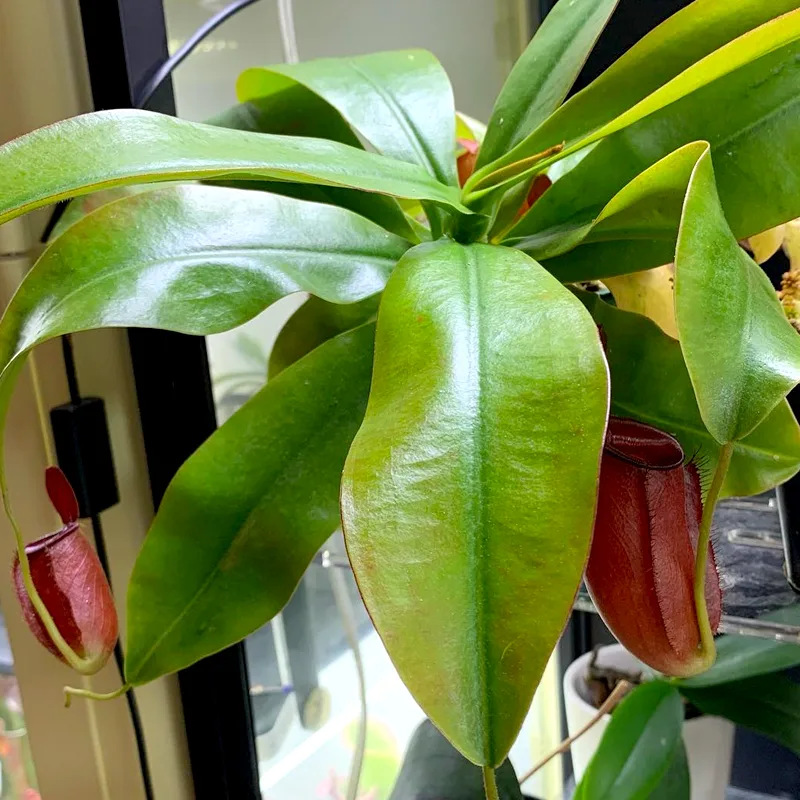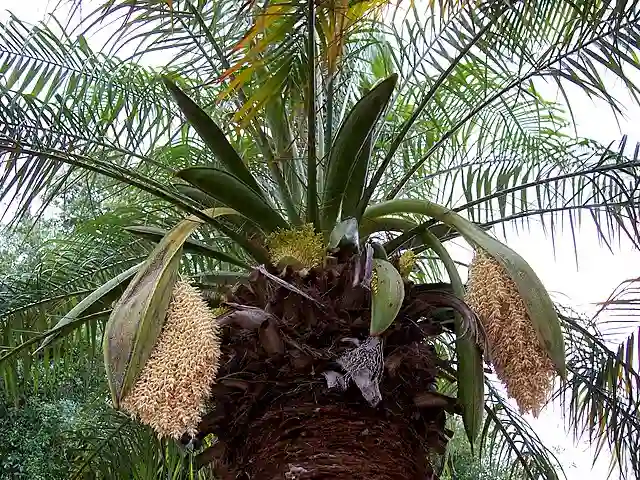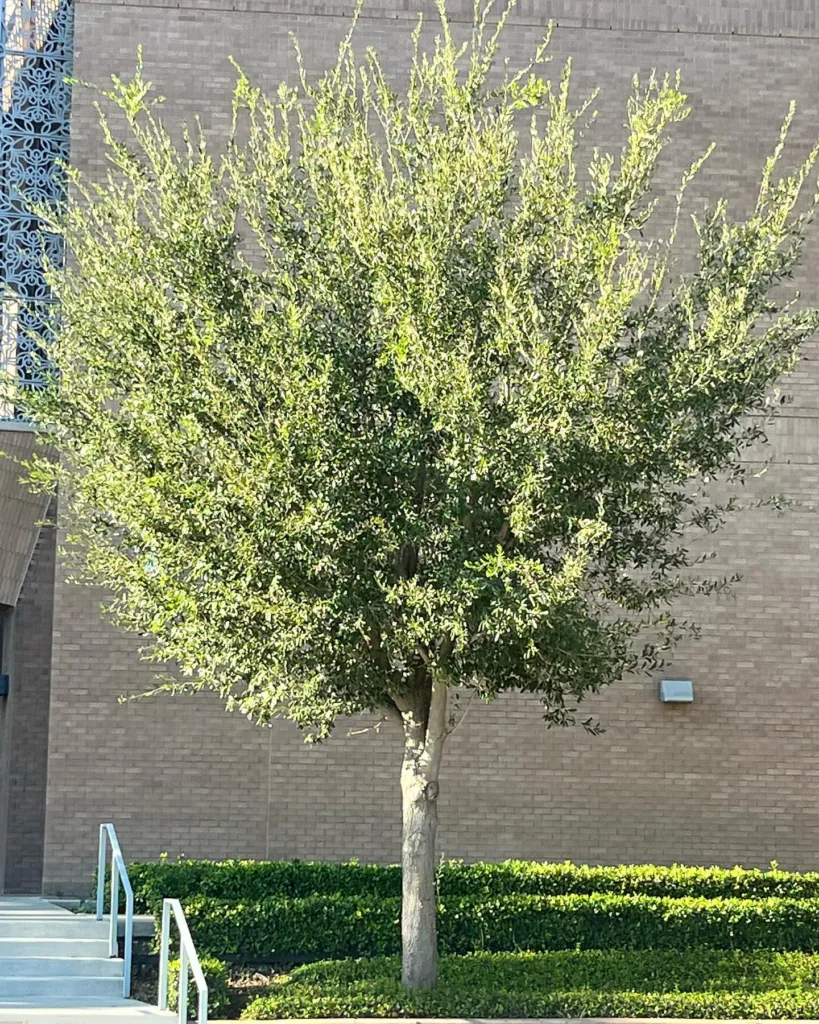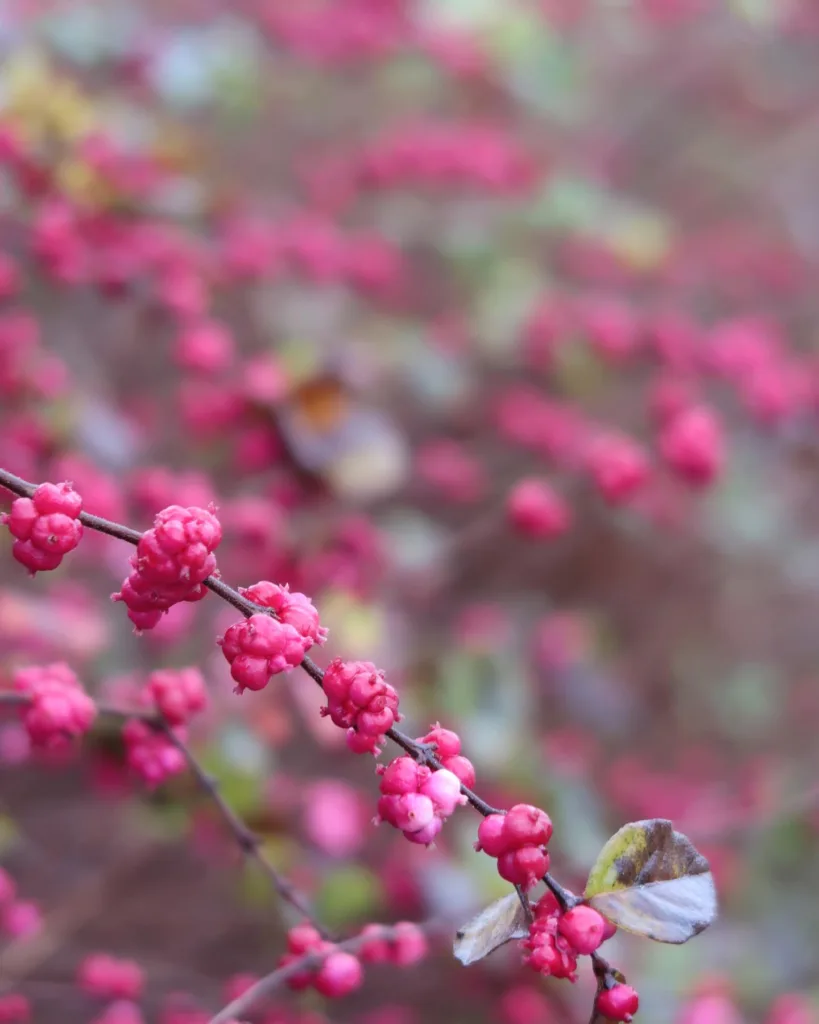Exploring the Ebenaceae Family: A Personal Journey
As a plant enthusiast, I’ve always been drawn to the rich diversity of the Ebenaceae family. This fascinating family includes some intriguing genera, notably Diospyros, Euclea, and Lissocarpa. Each of these has its unique characteristics and applications, which I find both interesting and rewarding to explore. Join me on this journey as I delve into these genera, sharing insights from my experiences and observations.
Understanding the Ebenaceae Family
The Ebenaceae family is known for its hard, dark-colored wood and is commonly referred to as the ebony family. This family comprises various genera and species, many of which have significant ecological and economic importance. The trees in this family are often found in tropical and subtropical regions, thriving in a variety of habitats. My appreciation for this family has grown as I’ve come to understand the ecological roles these plants play.
Diospyros: The Most Recognizable Genus
780 Species in Genus Diospyros
Diospyros is perhaps the most well-known genus within the Ebenaceae family, often celebrated for its valuable ebony wood. The species in this genus vary greatly, from small trees to large timber trees. One of my favorites is Diospyros ebenum, commonly known as Ceylon ebony. I had the pleasure of observing this tree in its natural habitat during a trip to Sri Lanka. Its dark, lustrous wood is highly sought after for furniture and musical instruments.
The leaves of Diospyros trees are another point of interest. They are typically glossy and can provide dense canopies, which are beneficial for various wildlife. I’ve often spotted birds and insects enjoying the shelter these trees provide. Additionally, Diospyros species have medicinal properties; some local communities use the bark and leaves for traditional remedies.
Euclea: A Less Known Gem
Euclea is another genus within the Ebenaceae family that deserves more recognition. While it may not be as famous as Diospyros, it has its charm. Euclea species, such as Euclea divinorum, are often found in dry, rocky environments. I first encountered Euclea while hiking in South Africa, where I was captivated by its resilience and adaptability.
These plants usually grow as shrubs or small trees and often feature leathery leaves that can withstand drought conditions. I appreciate how they thrive in less-than-ideal soils, showcasing nature’s ability to adapt and survive. The fruit of Euclea species is also noteworthy; some species produce edible berries that attract birds and other wildlife. I’ve enjoyed watching birds flock to these trees, highlighting the important ecological role they play.
Lissocarpa: A Hidden Treasure
Lissocarpa is perhaps the least known of the three genera, yet it holds a special place in my heart. This genus consists of shrubs and small trees, often found in the understory of tropical forests. I stumbled upon Lissocarpa while exploring the lush rainforests of Madagascar, where the unique flora and fauna captivated me.
The plants in this genus typically have distinctively shaped leaves, which add a unique aesthetic to their environments. While Lissocarpa may not be commercially significant like Diospyros, I find its lesser-known status intriguing. There’s something rewarding about appreciating plants that may not receive widespread attention. The small flowers and fruit of Lissocarpa are often vital food sources for local wildlife, underscoring their ecological importance.
The Ecological Impact of the Ebenaceae Family
The Ebenaceae family, with its diverse genera, plays a crucial role in ecosystems. The trees provide habitat and food for a wide range of species. From the large canopies of Diospyros to the more modest forms of Euclea and Lissocarpa, these plants contribute to the biodiversity of their environments. I’ve seen firsthand how these trees can create microhabitats, supporting various life forms.
Moreover, the economic significance of this family cannot be understated. Ebony wood is prized worldwide for its durability and beauty, leading to its use in furniture, cabinetry, and musical instruments. Sustainable harvesting practices are essential, as overexploitation can threaten some species. I advocate for responsible sourcing and conservation efforts to ensure these valuable trees continue to thrive.
Conclusion: Embracing Diversity in Nature
Exploring the Ebenaceae family has deepened my appreciation for the diversity of life on our planet. Each genus, from Diospyros to Euclea and Lissocarpa, offers unique insights into the relationships between plants and their ecosystems. As I continue my journey in botany, I am reminded of the importance of conservation and sustainable practices. The beauty and utility of these plants enrich our lives, and it is our responsibility to protect them for future generations.
In conclusion, I encourage fellow plant enthusiasts to delve into the world of the Ebenaceae family. Whether you’re admiring the striking wood of Diospyros, the resilience of Euclea, or the hidden beauty of Lissocarpa, there is much to learn and appreciate. Each tree and shrub contributes to the tapestry of life, reminding us of the interconnectedness of nature.
If i die, water my plants!



